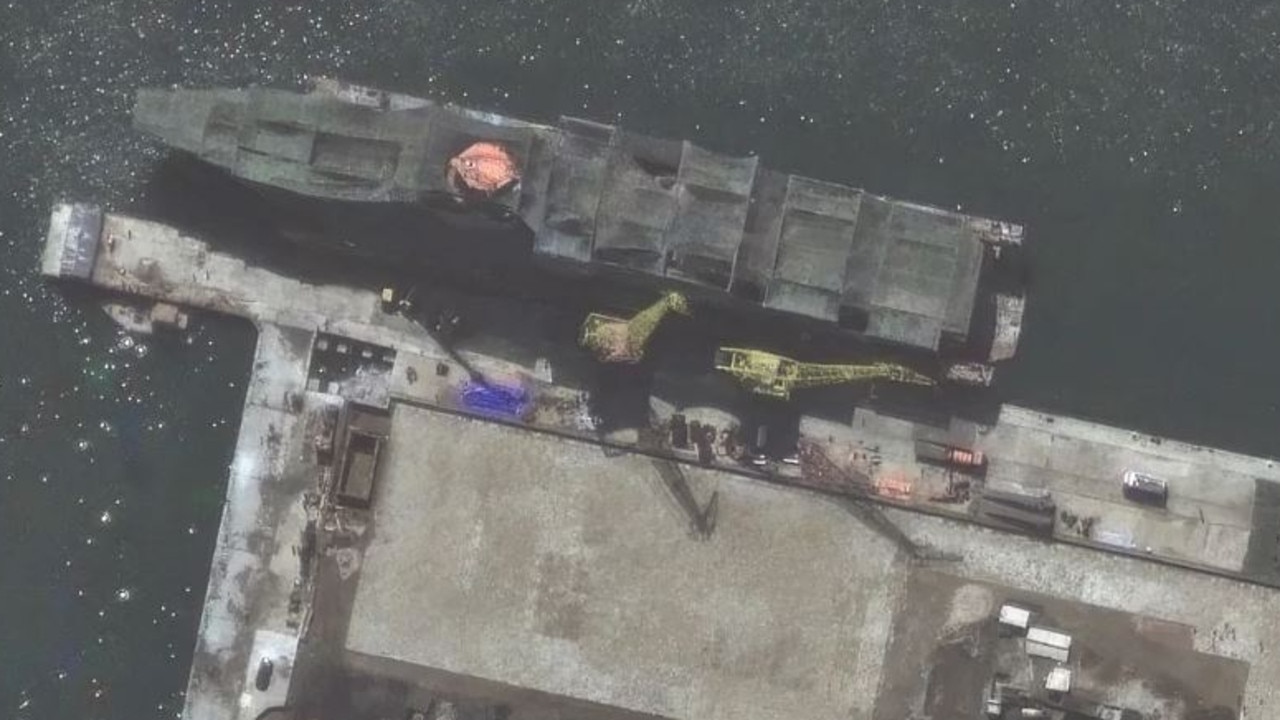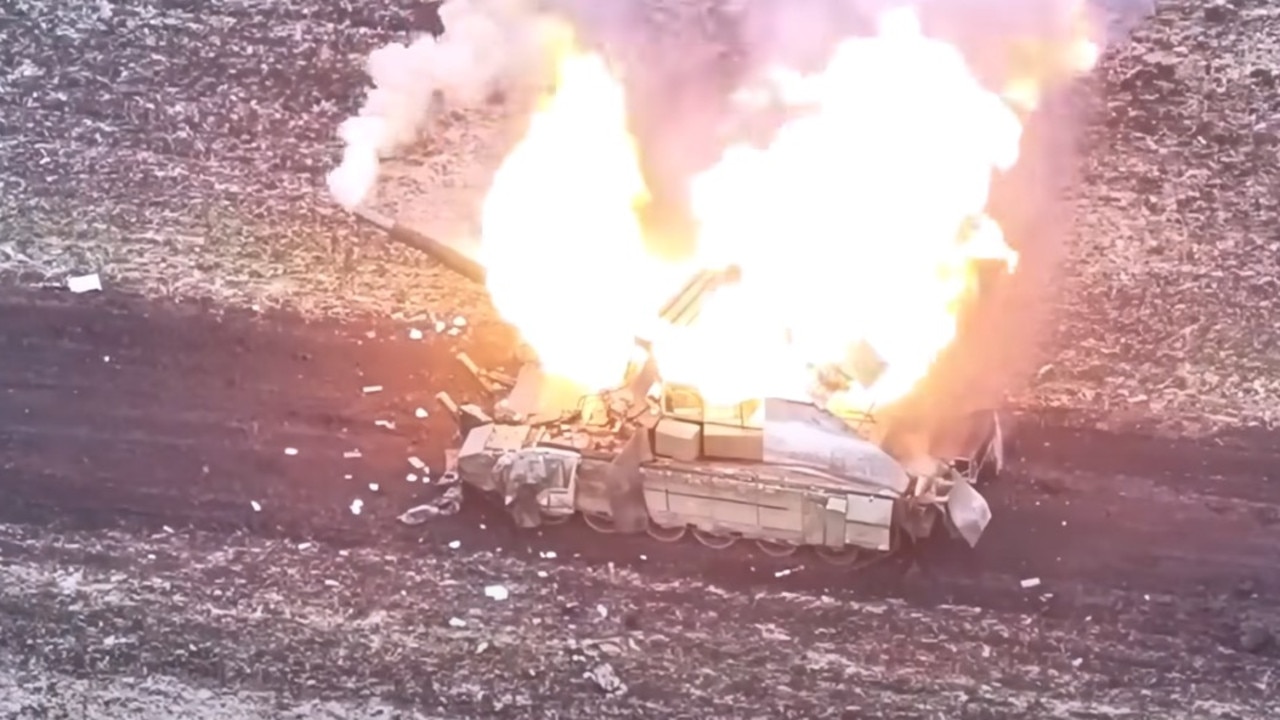Sydney to Melbourne in 40 minutes: Hyperloop idea pitched to government
A hyperloop proposal to transform Australia’s transport system is once again being spruiked, with eye-watering speeds outlined.
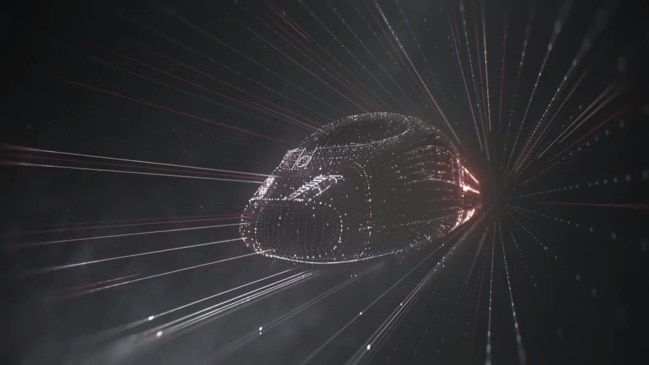
The potential for a hyperloop system to transform Australia’s transport system is once again being spruiked in a new proposal to the federal government.
Hyperloop Transportation Technologies has made a submission to a government inquiry asking it to consider the benefits of the high-speed technology.
The hyperloop system would allow capsules contained within large tubes to travel as fast as aeroplanes, with a maximum speed of 1223km per hour.
At this top speed Australians could travel between Sydney and Melbourne in under 40 minutes, Melbourne and Canberra (about 23 minutes), Canberra and Sydney (14 minutes) and Sydney and Brisbane (37 minutes).
But the technology, which was first dreamt up by Elon Musk in 2012, has not yet been proven.
No system has yet been built in the world, although Virgin Hyperloop One has built a full-scale test system in Nevada and HyperloopTT is constructing a short 320 metre system in France as part of a facility to test it.

HyperloopTT is now hoping the Federal Government will fund an innovation hub to help prove the technology is safe, efficient and feasible.
It also wants the government to take a leading role in evaluating and regulating standards for the autonomous systems and to fund a study comparing various modes of autonomous travel.
Many are sceptical the point-to-point technology will work, although its potential benefits could be transformative.
Defence Industry Minister and Queensland MP, Steven Ciobo, has previously urged the Queensland Government to consider the technology as a fix for the congested M1 Brisbane to Gold Coast motorway. He became a supporter of the technology after visiting the Hyperloop One headquarters in the United States and said it had been proven in test sites in Nevada and San Francisco.
The Queensland government said it had “no business case” but Mr Ciobo has vowed to explore its feasibility despite the state’s lack of interest.
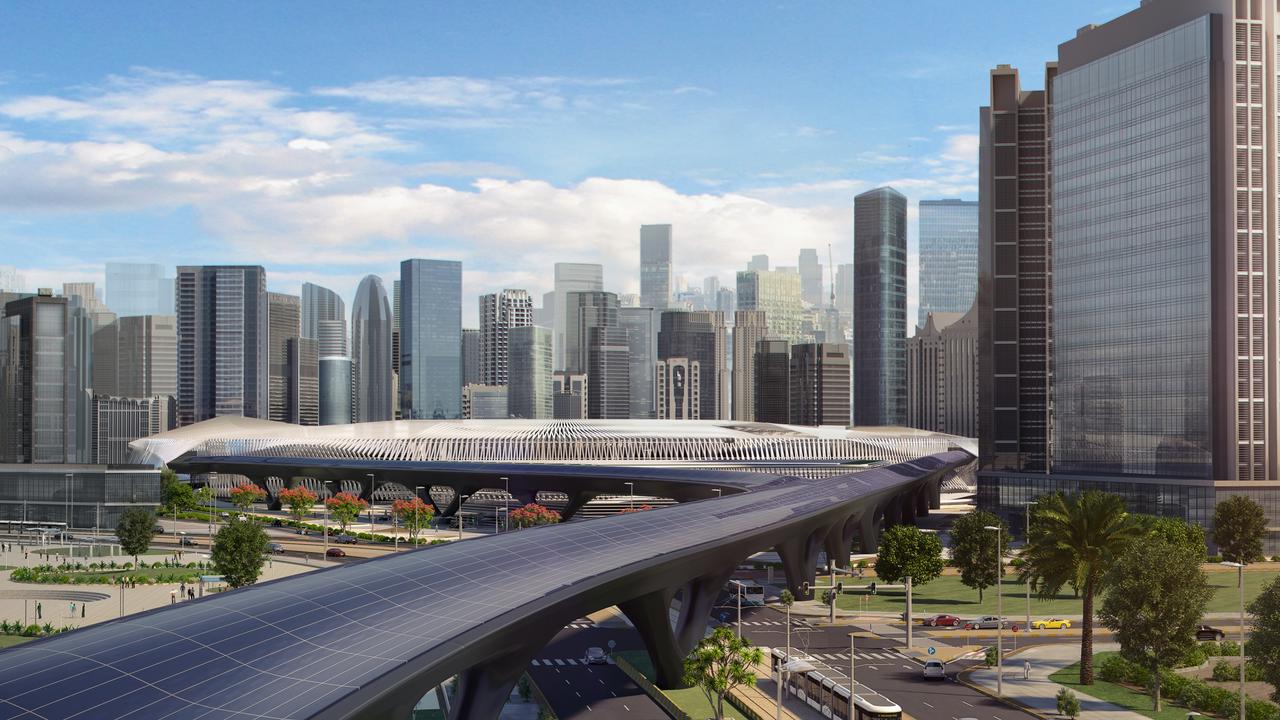

Musk has made the technology open source so that other companies like HyperloopTT can develop it.
The system basically involves using passive magnetic levitation and propulsion to move a capsule — potentially carrying about 38 passengers — through a large windowless tube.
Air pressure in the tube would be reduced to almost nothing so the driverless capsule could travel at high speed without friction.
HyperloopTT suggests the system would use less electricity than a conventional maglev system and renewable energy could also be used to power it, reducing its costs.
The system would also be virtually silent and because people travel within a tube it’s less susceptible to weather events or delays caused by wildlife accidents.
In its submission, HyperloopTT notes that fencing a high-speed road corridor against kangaroo strikes could cost about $2 billion, and also stops animals from passing through the area.
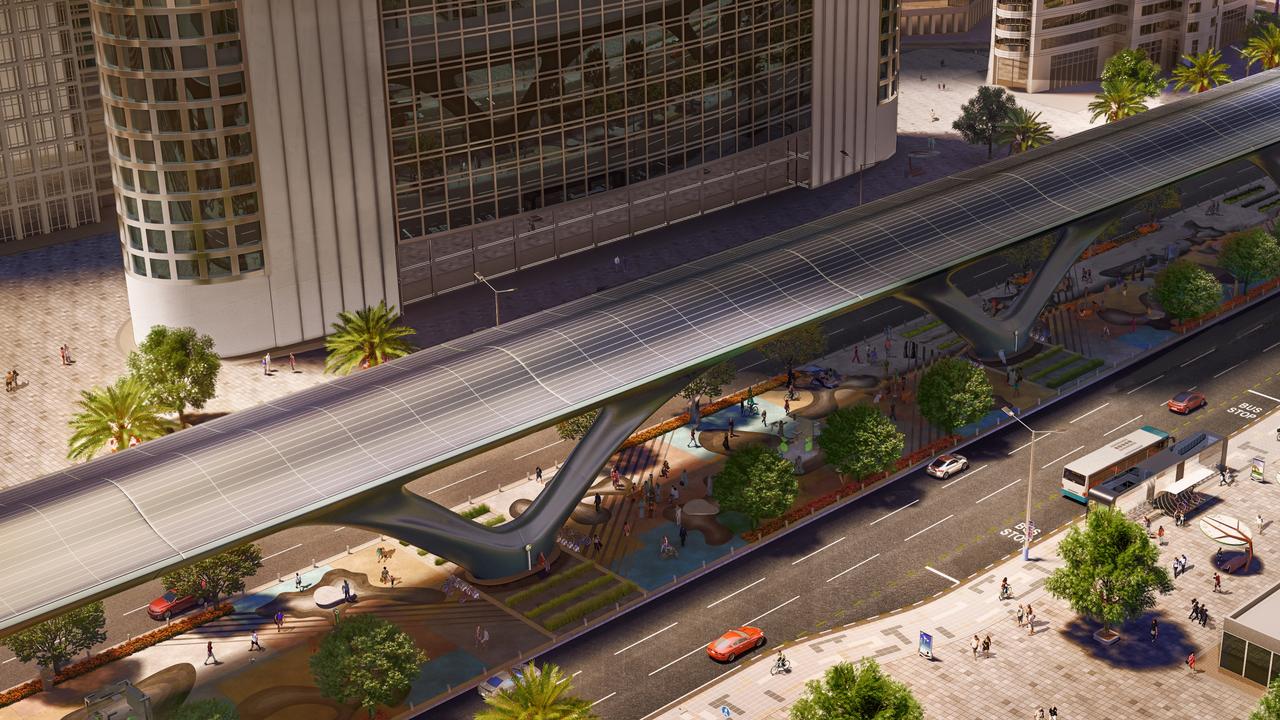

But Professor Rico Merkert of the University of Sydney’s Institute of Transport and Logistics Studies told news.com.au earlier this year that hyperloop was a “pie in the sky” project.
“Hyperloop is way too expensive; it’s not feasible at the moment because you need a very straight line and any curve in it would be unpleasant for passengers and the sheer distance between the capitals destroys the economics,” Prof Merkert said.
Hyperloop companies say the technology is cheaper than building fast-rail and passengers would feel comfortable.
HyperloopTT suggests the system would be particularly suitable for Australia as it’s most competitive (compared to conventional rail or air) over distances between 700km and 1500km.
At distances of between 400km and 800km existing rail services are already competitive with air travel, while above 800km high-speed rail has trouble competing with flying.

The company points out that the motorway distances between cities like Sydney and Melbourne (898km); Sydney and Brisbane (919km); and Melbourne and Adelaide (726km); are particularly suited to hyperloop technology.
A system connecting Sydney, Melbourne and Brisbane would serve more than 10 million people. Adding Adelaide, Canberra, the Southern Highlands and Gold Coast would give access to more than half of Australia’s population across 2000km.
A hyperloop from Sydney to places like Canberra, Nowra, Port Macquarie and Orange would offer significant decentralisation opportunities.
Submissions for the inquiry into the use of automation and new energy sources in land-based mass transit closed on December 7.

Continue the conversation @charischang2 | charis.chang@news.com.au


